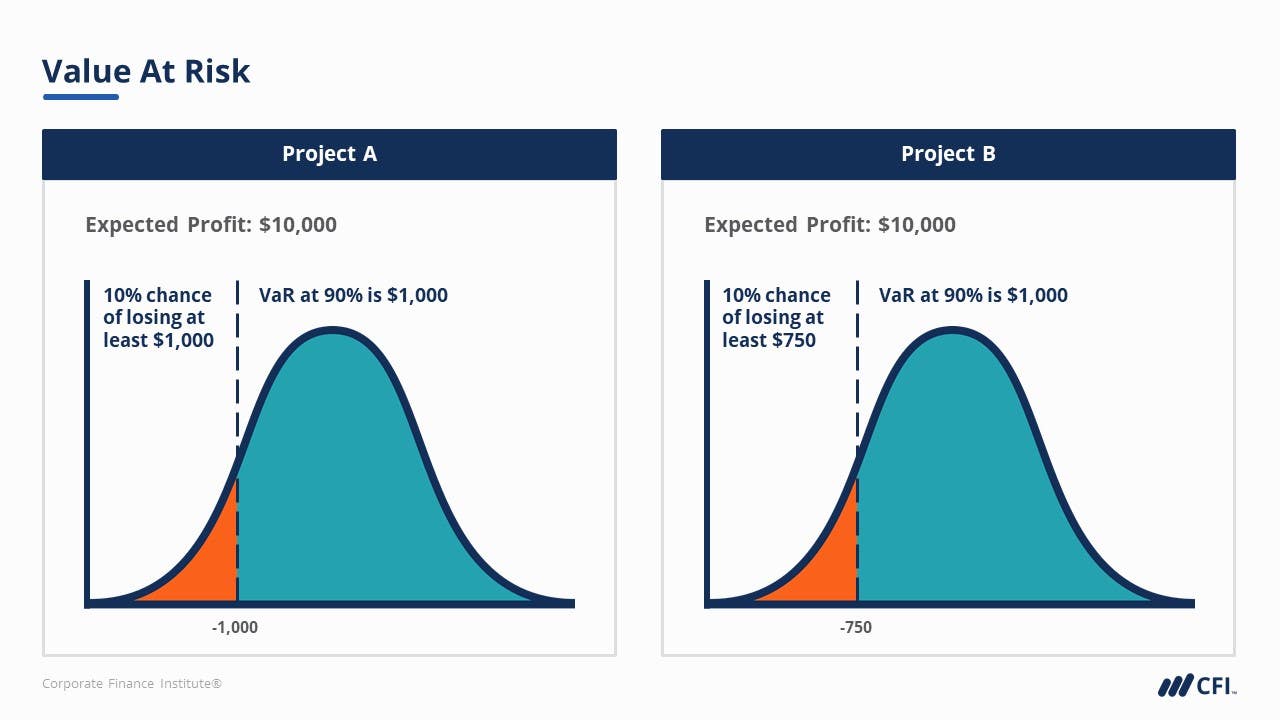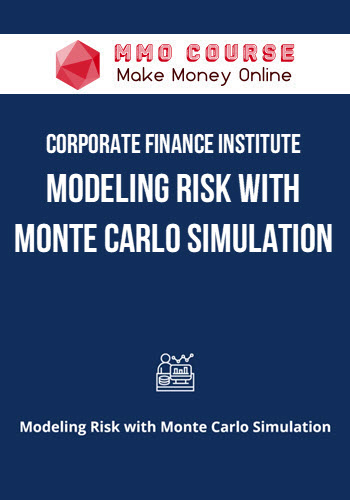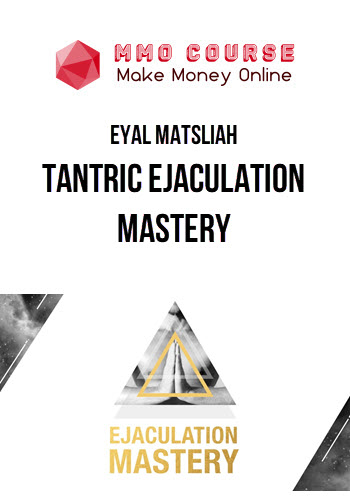Corporate Finance Institute – Modeling Risk with Monte Carlo Simulation
$997.00 $27.00
Total Sold: 1
Delivery: Instant Delivery
Description
Corporate Finance Institute – Modeling Risk with Monte Carlo Simulation

Quantify and model uncertainty with Monte Carlo Simulation, using random sampling in Python to support better decision-making.
- Generate statistical insights by using historical data to estimate future events
- Calculate value at risk to summarize risk exposure
- Visualize the results of your simulation to better communicate your recommendations
In this course, you’ll learn how to quantify and model uncertainty by using Monte Carlo simulation.
Traditional scenario analysis relies on 2 or 3 “best case” or “worst case” situations that are rarely scientific in nature. Businesses can benefit greatly from improved modeling of risk and uncertainty, by using even basic Monte Carlo simulation.
Using this technique, we can quantify and simulate scenarios that include multiple uncertainties at the same time.
This course will start from the basics, and work through five scenarios that will help you master the basics of Monte Carlo Simulation.
Using these scenarios, you’ll learn how to quantify uncertain scenarios in a more meaningful way to help make business decisions.
Business Intelligence derives value from descriptive, backward-looking metrics. To provide the next level of value we must start to consider future scenarios. Modeling uncertainty and scenarios is a key part of this forward-looking skillset, and this Monte Carlo course is a perfect introduction to that world.
What You’ll Learn In Modeling Risk with Monte Carlo Simulation
- Explain the main concepts of Monte Carlo simulation
- Use historical observations to estimate the probability distributions of data
- Simulate many possible outcomes of uncertain variables using Python
- Summarize the distribution of scenarios using confidence intervals
- Interpret the output of Monte Carlo simulation results and use it to guide business decisions
Sale Page: Corporate Finance Institute – Modeling Risk with Monte Carlo Simulation
Delivery Policy
When will I receive my course?
You will receive a link to download your course immediately or within 1 to 21 days. It depends on the product you buy, so please read the short description of the product carefully before making a purchase.
How is my course delivered?
We share courses through Google Drive, so once your order is complete, you'll receive an invitation to view the course in your email.
To avoid any delay in delivery, please provide a Google mail and enter your email address correctly in the Checkout Page.
In case you submit a wrong email address, please contact us to resend the course to the correct email.
How do I check status of my order?
Please log in to MMOCourse account then go to Order Page. You will find all your orders includes number, date, status and total price.
If the status is Processing: Your course is being uploaded. Please be patient and wait for us to complete your order. If your order has multiple courses and one of them has not been updated with the download link, the status of the order is also Processing.
If the status is Completed: Your course is ready for immediate download. Click "VIEW" to view details and download the course.
Where can I find my course?
Once your order is complete, a link to download the course will automatically be sent to your email.
You can also get the download link by logging into your mmocourse.hk account then going to Downloads Page.
Related products
Total sold: 1










